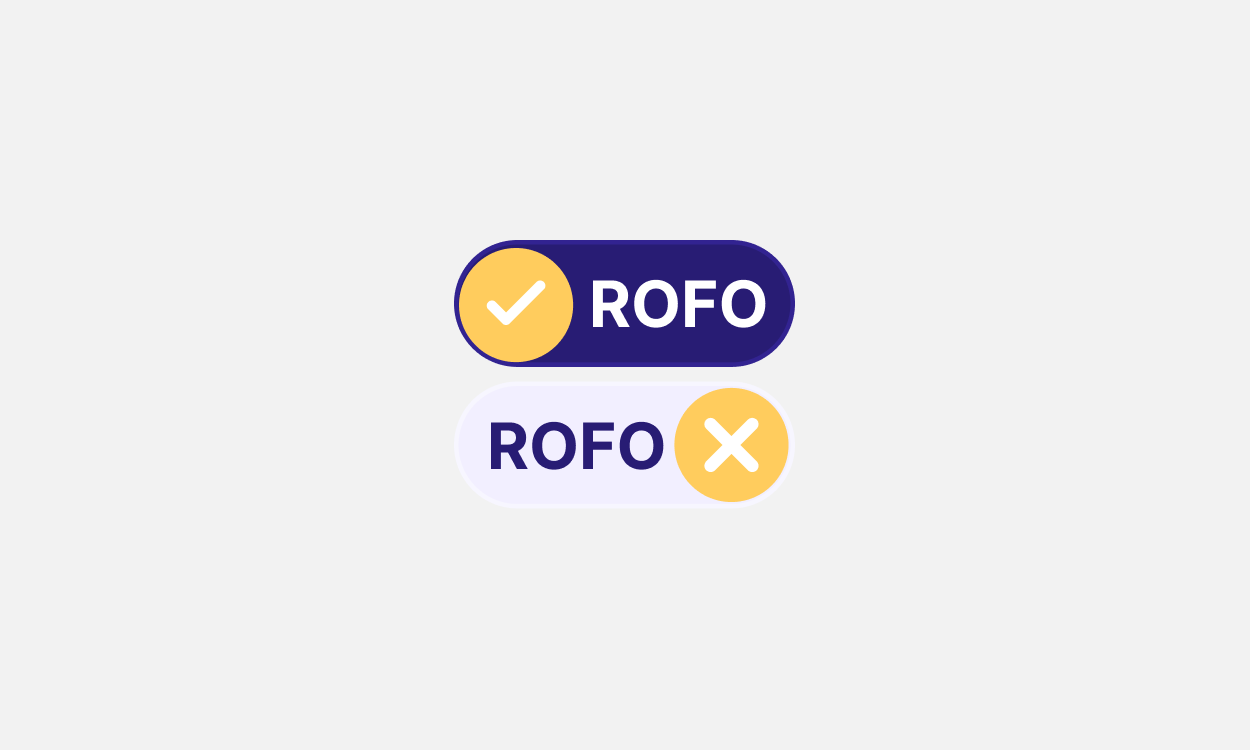[NEW] Our Product Recap for Q2 2025 is live.
Learn more


Learn what a Right of First Offer (ROFO) means in shareholder agreements, how it works, its difference from ROFR, and why it matters for investors in India and globally.

Table of Contents
When a shareholder decides to sell their shares, they can’t always go straight to outside buyers. In many shareholder agreements, a clause called the Right of First Offer (ROFO) gives existing shareholders the first opportunity to purchase those shares before they’re offered externally.
This mechanism helps companies and shareholders maintain control over ownership, prevent unwanted investors from entering the cap table, and preserve stability.
The Right of First Offer (ROFO) is a common clause in shareholder agreements, especially in early-stage and private companies. It gives existing shareholders (or specified investors) the first opportunity to purchase shares whenever another shareholder wishes to sell.
This clause acts as a safeguard, ensuring that before new investors are brought in, current shareholders can negotiate and decide whether to buy the shares. By doing so, ROFO preserves ownership control and prevents unwanted dilution of influence.
ROFO is designed to give existing investors a priority window before any external buyers are approached.
Here’s how it typically works in practice:
It’s important to note that a ROFO does not give shareholders the right to match an outsider’s bid, that protection comes under a Right of First Refusal (ROFR). With ROFO, shareholders simply get the first opportunity to make an offer before anyone else enters the picture.
Both the Right of First Offer (ROFO) and the Right of First Refusal (ROFR) are preemptive rights designed to give existing shareholders protection, but they operate at very different stages of the sale process.
A ROFO is triggered the moment a shareholder decides they want to sell. The seller must first approach existing shareholders before speaking to anyone outside. In contrast, a ROFR only comes into play after a seller has received a concrete offer from an outside buyer.
Under a ROFO, the seller makes an initial offer to existing shareholders and gives them the first opportunity to negotiate. If they decline, the seller can then approach external parties. With a ROFR, the seller is free to shop the market first, but before finalizing a deal, they must give existing shareholders the chance to match the exact terms of the outside offer.
For shareholders, a ROFO provides the first look at new opportunities to increase their stake, while a ROFR provides the last look.
From the seller’s perspective, ROFO gives more control in setting the price and terms from the start, while a ROFR allows them to test the open market before committing.
The Right of First Offer (ROFO) is widely used across jurisdictions, but its application can vary depending on the legal framework and market practices.
In India, ROFO and ROFR clauses are very common in shareholder agreements, particularly in venture-funded companies. These rights are recognized under the Companies Act, 2013, but they must be carefully aligned with the company’s Articles of Association to be enforceable.
Indian courts generally uphold such clauses, provided the process, notice period, and pricing mechanism are clearly drafted.
In the US and UK, ROFO clauses are not only used in private company share transfers but also widely in private equity deals, joint ventures, and real estate transactions. They often appear alongside ROFR clauses, giving investors layered protections. Courts in these jurisdictions tend to enforce ROFOs strictly, but only if the timelines, valuation method, and obligations are clearly defined. Any ambiguity can render the clause unenforceable or lead to disputes.
The Right of First Offer (ROFO) is a contractual clause that gives existing shareholders the first opportunity to purchase shares whenever another shareholder decides to sell. This means before approaching outside buyers, the seller must first give current investors a chance to buy at a proposed price and terms.
Yes. A ROFO can be very beneficial for shareholders because it allows them to increase their stake, avoid dilution, and protect the ownership structure by keeping unwanted third parties out.
Disclaimer
The information provided by E-List Technologies Pvt. Ltd. ("EquityList") is for informational purposes only and should not be considered as an endorsement or recommendation for any investment, product, or service. This communication does not constitute an offer, solicitation, or advice of any kind. Any products, or services referenced will only be undertaken pursuant to formal offering materials, agreements, or letters of intent provided by EquityList, containing full details of the risks, fees, minimum investments, and other terms associated with such transactions. Please note that these terms may change without prior notice.EquityList does not offer legal, financial, taxation or professional advice. Decisions or actions affecting your business or interests should be made after consulting with a qualified professional advisor. EquityList assumes no responsibility for reliance on the information/services provided by us.
Join over 3100 Founders, CFOs, and HR leaders who are reading our insights on equity management.